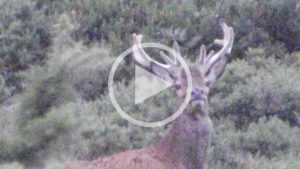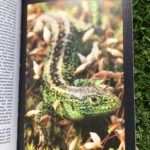Memorable moments with nature: Part 5
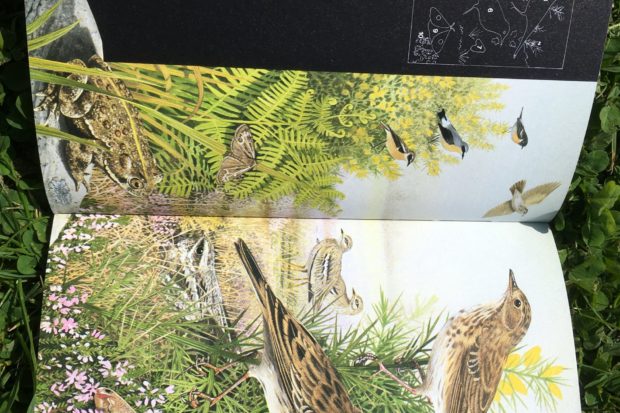
We’re looking forward to returning to the heathlands of Surrey, Hampshire & Berkshire, but in the meantime, here are more memorable moments with nature – and favourite books…
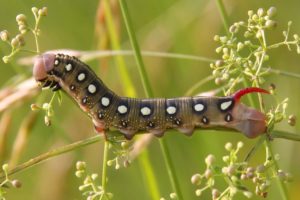
Bedstraw hawkmoth caterpillar (credit: bayuka)
“When I was a postman on the Isle of Wight I found a large caterpillar on a driveway and took a photo. I couldn’t identify it so I posted it on a Facebook group. Immediately I had a very excited response “BEDSTRAW HAWK! Where are you? Are you going to grow it? If not can I have it?”.
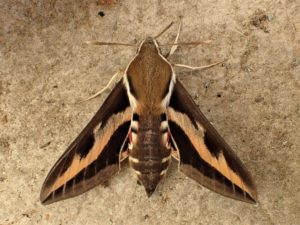
Bedstraw hawkmoth (credit: J_Arndt)
It turns out the bedstraw hawkmoth (Hyles gallii) is quite rare and turns up occasionally in unexpected places – in this case a suburban front garden in Ryde. Its stronghold in the UK is Norfolk, but individuals can be found anywhere. As it happened, this was the first record on the island for 150 years – so that’s my famous-for-15-minutes story!”
And now for a brilliant video montage made by Steve whilst serving his Natural England apprenticeship at Lizard & Goss Moor National Nature Reserves in Cornwall…
Warden Dave‘s favourite book is Heathlands by Chris Packham [First published in 1989]…
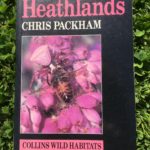 “I was given this book by a friend when I first started working on the heaths, too many years ago to remember! I think it’s a real inspiration as it is really insightful on the species on the heaths and gets across their rarity and unique nature. It has wonderful photos.”
“I was given this book by a friend when I first started working on the heaths, too many years ago to remember! I think it’s a real inspiration as it is really insightful on the species on the heaths and gets across their rarity and unique nature. It has wonderful photos.”
Dave’s favourite wildlife experience on the Thames Basin Heaths…
“My favourite wildlife moment on the local heaths of the Special Protection Area was a reintroduction of sand lizards. I identified the possibility that the slope would be a good site for a reintroduction, involved many experts to gain their advice, undertook the required habitat management to improve the site (with volunteers), and used machinery to cut bare sand traces for egg laying and to act as firebreaks.
The day of the reintroduction was exciting, amazing and my favourite moment. We introduced around 36 male and female sand lizards who spent the first 3 hours just sitting in the heather, acclimatising to their new home – potentially perfect kestrel food! Thankfully that didn’t happen and they have bred there every year since, I believe, and have spread out further from the release site into new heathland that we restored adjacent to the original site. The introduced males were just as Chris Packham’s photographed!”

